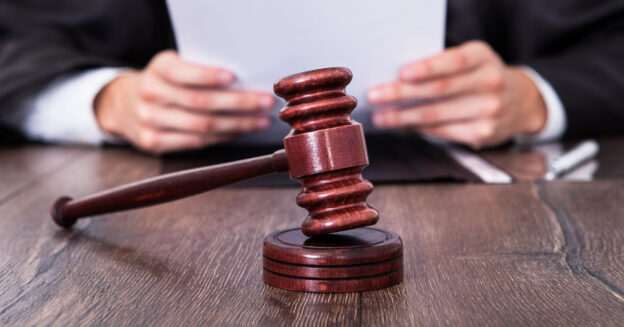In Homesite Ins. Co. a/s/o Adam Long v. Shenzhen Lepower Int’l Elecs. Co., Ltd., No. 6:23-CV-981, 2024 U.S. Dist. LEXIS 22002, the United States District Court for the Northern District of New York (the Court) considered whether Homesite Insurance Company (the Carrier) sufficiently pled a strict products liability claim against Shenzhen Lepower International Electronics Company Ltd. (Shenzhen). Finding that the Carrier’s complaint did not plausibly allege a strict products liability claim under any of the three available theories of liability, the Court granted Shenzhen’s motion to dismiss the Carrier’s complaint under Federal Rule of Civil Procedure 12(b)(6).
In this case, Adam Long (Long) purchased a First Power replacement battery from Amazon.com, Inc. (Amazon) that was manufactured and/or distributed by Shenzhen, who is located in China. In September 2022, the battery caught fire resulting in significant damage to Long’s property. Consequently, Long filed a claim with the Carrier, who by virtue of payments made, became subrogated to Long’s rights.
On August 11, 2023, the Carrier filed this action. The Carrier and Amazon filed a joint stipulation agreeing to discontinue the claims against Amazon, without prejudice, and substitute Shenzhen as the party defendant. As part of the stipulation, the Carrier filed an amended complaint.
In response, Shenzhen moved to dismiss the Carrier’s amended complaint under Rule 12(b)(6). Shenzhen argued that the Carrier’s amended complaint was vague and did not clearly set forth the theory of liability the Carrier relied on.
Under New York law, “a manufacturer who places into the stream of commerce a defective product which causes injury may be held strictly liable.” New York law recognizes three distinct theories of strict products liability – manufacturing defect, design defect and failure to warn theories. Here, the Court agreed with Shenzhen that the Carrier failed to plausibly allege any of the three theories in its complaint.
With respect to Long’s strict liability claim, the Court found that the Carrier failed to state a manufacturing defect claim – a claim that a mistake in manufacturing rendered a product that is ordinarily safe dangerous, so that it causes harm – stating: “[c]ritically, [the Carrier] has not alleged that the battery differed in any way from its design due to an error in the manufacturing process.” Discussing whether the Carrier alleged a design defect claim – a claim that the product, as designed, is unreasonably dangerous for its intended use – the Court stated: “[the carrier] has not alleged how the battery was defective in its design. Nor has [the Carrier] alleged the existence of a feasible alternative design.” Finally, with respect to a failure to warn claim – a claim that inadequacy or failure to warn of a reasonably foreseeable risk accompanying a product causes harm – the Court stated: “[the Carrier’s] amended complaint is devoid of any allegations referring to the inadequacy or absence of warnings.”
Nevertheless, the Court offered the Carrier 30 days to amend its pleading, noting that this opportunity should be granted absent a showing of bad faith or undue prejudice. Further, the Court noted that it is not uncommon for pleadings removed from state court, which are often light on detail and phrased in conclusory terms, to fail to pass muster under Rule 12(b)(6).
Considering that many subrogation professionals handle claims across the country, this decision serves as an important reminder to be aware of each jurisdiction’s rules and nuances. It is not uncommon for a Carrier to need to amend its pleading when cases are removed from state court to federal court based on diversity of citizenship. As such, when faced with a motion to dismiss in a removed action, subrogation professionals should be aware of the unique standards applicable to federal court.

